Explore the Best AI Image Gallery
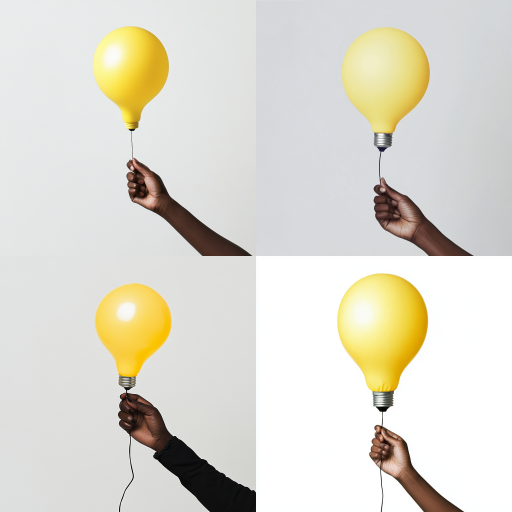
Pixels with Perception: The New Wave of AI-Generated Images
In the expansive world of digital art, a new creative temperature is rising: AI-generated imagery. Leveraging the prowess of algorithms and neural networks, AI is pairing up with artists to spin the traditional canvas on its head.
In this blog post, we unpack the emergence of AI-generated images, explore its impact on the creative industry, its potential uses, the associated ethical considerations and hints at future trends.
The Creative Coalition of Art and AI
Art and technology have shared a compelling symbiotic relationship. With artificial intelligence, this relationship has taken a captivating turn, presenting artists with new mediums and exploratory landscapes. AI-generated images aren't just a tech marvel but a creative revolution. Using algorithms that learn through parroted practice until they perfect the art, AI can render visually stunning and unique pieces of art.
This has borne a new breed of artists who code, popularly known as 'code artists'. Traditional paintbrush and canvas have been replaced with high-level programming languages and servers, churning out art that challenges the very notion of human-based creativity.
Potential Uses of AI-Generated Images
The possibilities unfurled by AI-generated images are numerous. The spectrum of uses stretches beyond the tightknit realm of digital art galleries and into business territories such as advertising, entertainment, and various digital platforms.
- Deepfake technology, for better or worse, uses AI to generate fake videos that seem eerily real.
- Advertising firms are leveraging AI-art for creative ad content, targeting specific consumer populations with tailor-made visuals.
- In the world of motion pictures and gaming, AI is churning out sceneries, characters, and even plots.
However, every tech leap comes with its shadows.
Ethical Considerations in Play
While the creative potential of AI-generated images is stunning, it also poses critical ethical questions. In a realm where the AI can create a near-perfect Mona Lisa, how do we define originality? The pressing concern of deepfakes causing misinformation needs addressing. Similarly, the creations of AI often blur the line between public and private, since AI, during its learning phase, often undergoes extensive training on datasets sourced from the public domain.
Another critical question to grapple with: Who owns the right to AI-created work? The artist who coded it, or the AI that created it?
Peeking into the Future
The world of AI-generated images is only going to expand, getting more intricate, more personalised, and more immersive. We anticipate the rise of 'AI-curated experiences' in digital spaces, where visuals are dynamically created based on user preferences, mood or behaviour.
The demarcation between human and AI art will blur, leading to fascinating collaborations and opening up untapped creative landscapes ripe for exploration.
The canvas of tomorrow is here, and it's algorithm-inspired.
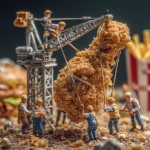
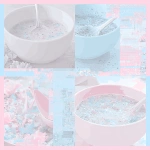
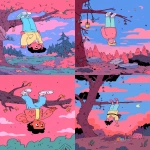
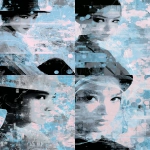
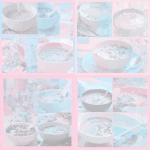

](https://images.ai-img.art/thumbnails/150/aa3fc6267f4e289062f5676a47aa867d7c4e257101d4821662d04a69a854f914.webp)
](https://images.ai-img.art/thumbnails/150/5689a865c4a32ca32dfea0e47003908bd48de3f11c73c506d15afa3783629e01.webp)
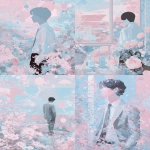
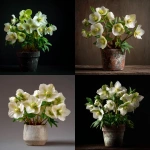
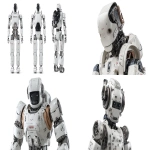
](https://images.ai-img.art/thumbnails/150/61946f91f9ac08d3dabdfa742361d5c297d4373ead3f40a737a7c463347e1ebb.webp)
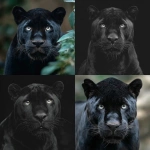


](https://images.ai-img.art/thumbnails/150/6a78e5ce99f9d6ca69a53c8a5bfc8f42e48bfa5123826761dc374285dbe72f8e.webp)
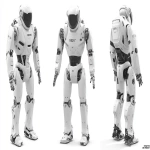
](https://images.ai-img.art/thumbnails/150/46afdc8f877493ec11d13738afb813cf6c265ef0b057e684d6ac123d4805012b.webp)
](https://images.ai-img.art/thumbnails/150/de6d043cfd879d8e35cd83c1bf6b118568a49aa0372fca552408ef1ee462cb5b.webp)
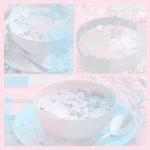
](https://images.ai-img.art/thumbnails/150/4e5d62b5aed6a77b4dffeec3ffdccffa2f0a6967a782d4a5567f87e5961d317b.webp)

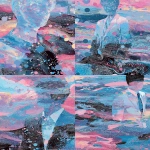
](https://images.ai-img.art/thumbnails/150/b93ff02e8145ec36a1337c9591ba493046fffe25da3fb27c5bc20c76e27bcf8e.webp)

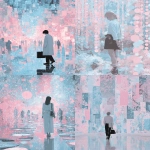
](https://images.ai-img.art/thumbnails/150/efaf06146107a894b06d2cfcc3e33f1d6c604aa937d0ef178fe857176dec98b3.webp)
](https://images.ai-img.art/thumbnails/150/775726b98c22d9f0943839a6cdc06727571d928150371eaae4176ca1cac279d8.webp)
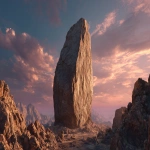
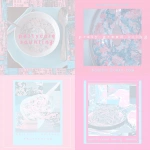

](https://images.ai-img.art/thumbnails/150/228ffc2dfabb85e4688d4c603287c51bb0f3a762c3f237cfa0ff5fa4dde7acad.webp)
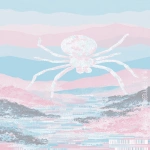
](https://images.ai-img.art/thumbnails/150/ce6f7abbf530670ea363bf29a491df1f2ccff1836fbbd1a0a9be61eb8e1bc2f8.webp)


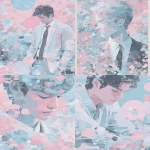

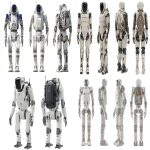
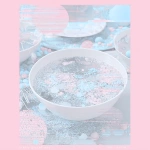
](https://images.ai-img.art/thumbnails/150/7b14e5a9f4885b25c71f272375abcebb12d1161f4df138d27eb6bf94e88bb8a0.webp)
](https://images.ai-img.art/thumbnails/150/8a5f4389478f1363aa7b8d5147b6af124f9d67fa0f768f6bbf59a1bcff84d3c3.webp)


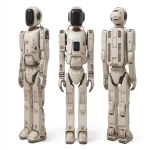

](https://images.ai-img.art/thumbnails/150/214a0bf688580cbf4770f90416448007273004a5a79c3126a436d9780ddade59.webp)
](https://images.ai-img.art/thumbnails/150/71eb1006aa4f7ebf09319f4b64387a036dc68d76d44a370f3a16f812a234cda1.webp)

